Biodiversity
Our conservation efforts have supported the return of jaguar to La Guajira. We have now identified eight individuals, which include cubs born in our areas. Since the jaguar is an umbrella species, its presence indicates a recovering state of ecosystems and surrounding water bodies.
In addition, 15 pumas and more than 30 ocelots have been logged and seen interacting and sharing the same water sources and the same hunting territory. The implementation of different initiatives such as the restoration and protection of the tropical dry forest, the rehabilitation and monitoring of wildlife, and the building of wildlife-crossing structures, has facilitated the wellbeing of around 600 species of mammals, reptiles, amphibians, insects, fish, and birds. These species reside in the biodiversity corridor of more than 25,000 hectares that we have been improving between the Sierra Nevada de Santa Marta and the Serranía del Perijá.
2023
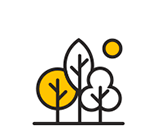
200 hectares
rehabilitated

500.000 trees
planted
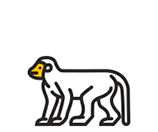
+1.200 animals
rescued and rehabilitated
Historically

5.026 hectares
rehabilitated
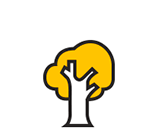
+3.4 millions
planted trees
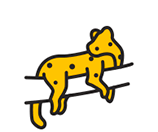
16.000 animals
rescued and rehabilitated
To learn more about the biodiversity that inhabits us, you can access our Cerrejón Biodiversity space on the Naturalista page, a biodiversity registration tool where we share the species of fauna and flora that we identify in our region and where everyone can participate by making their own records.
Rehabilitation and conversation of fauna
At Cerrejón we develop strategies for the rescue and rehabilitation of fauna in the development and progress of mining activities. We also engage in rehabilitation, release and conservation of threatened species in the region, in consultation with local communities.
Within these actions, we have a Wildlife Rehabilitation Center that functions as a temporary home to house various species of animals that require attention and have been rescued. A team of biologists, veterinarians and assistants works at the Center, who within their functions are responsible for promoting the proper handling of animals, their recovery and long-term survival options; the reproduction and release of threatened species; wildlife monitoring, among others.
The rehabilitation allows the conservation and protection of the fauna of the region and the reintroduction of healthy animals to their natural habitats. In the Center, the community is also made aware of the impacts caused by illegal possession, hunting and wildlife trafficking in La Guajira.
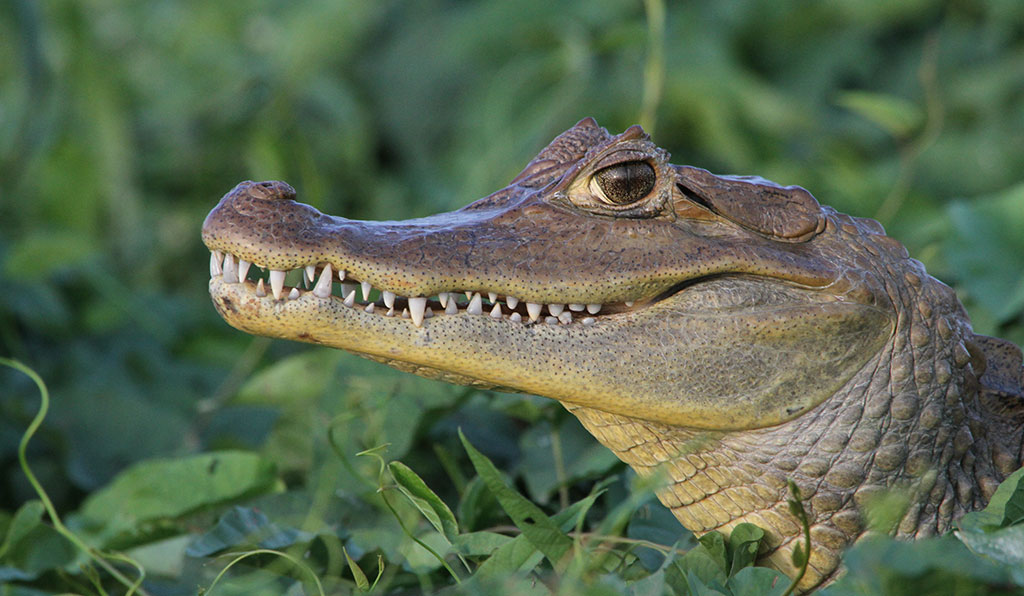
Caiman crocodilus - Babilla
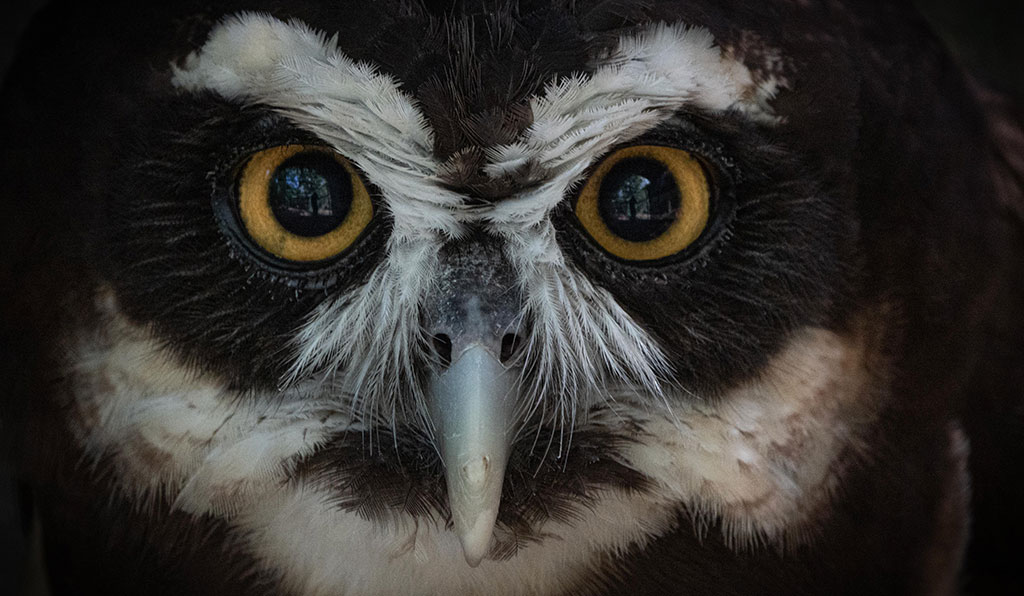
Pulsatrix perspicillata - Búho de anteojos
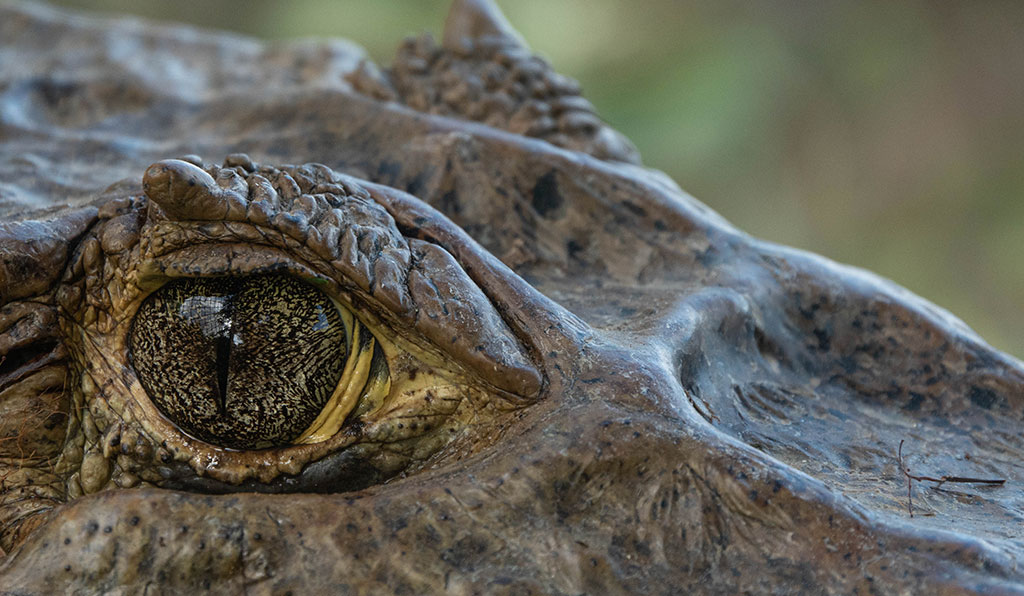
Caiman crocodilus - Babilla
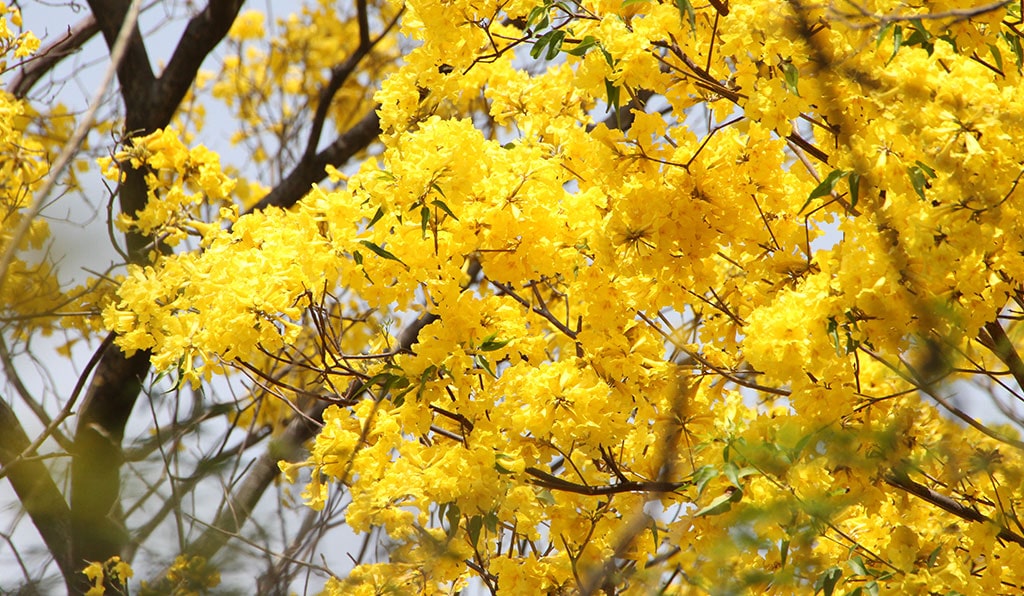
Handroanthus billbergii - Puy
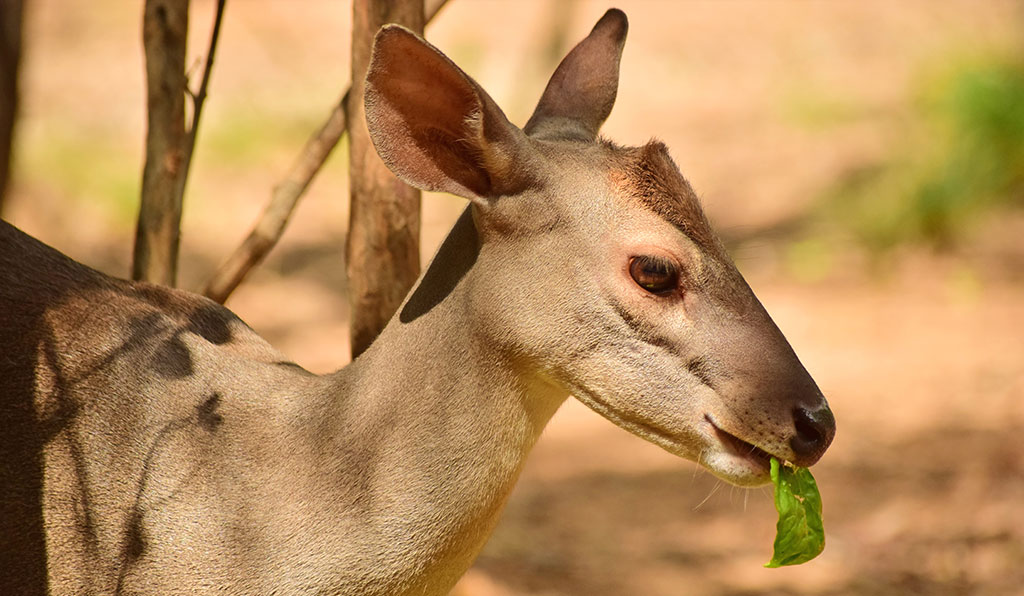
Mazama nemorivaga - Venado
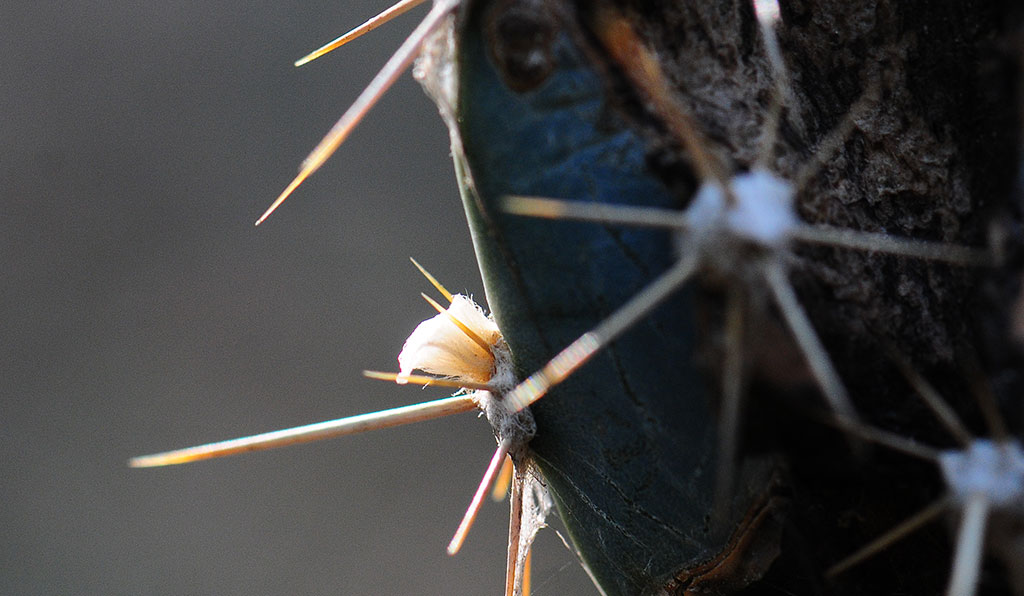
Stenocereus griseus - Cardón
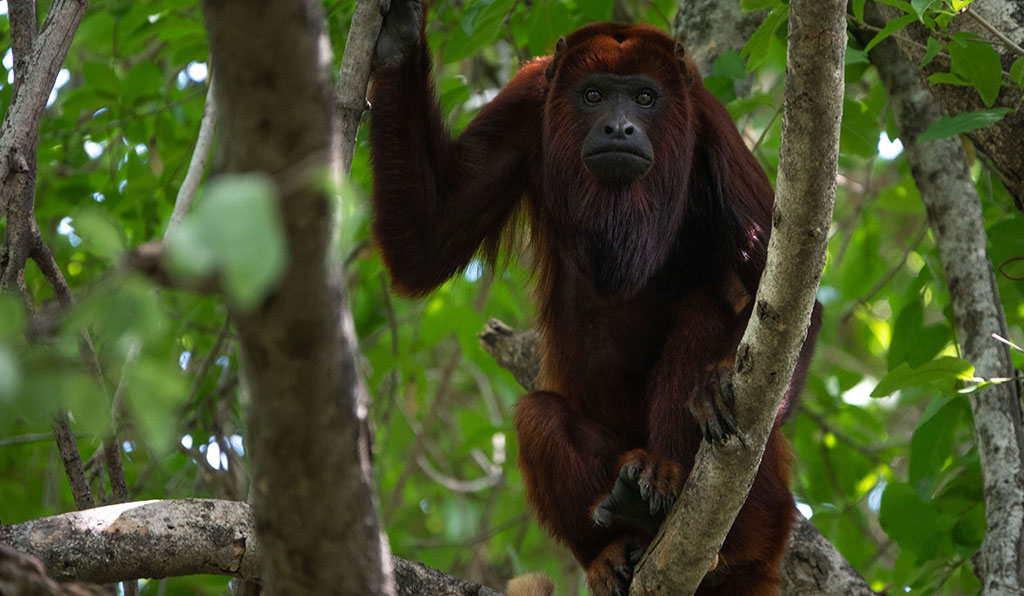
Alouatta seniculus - Mono aullador
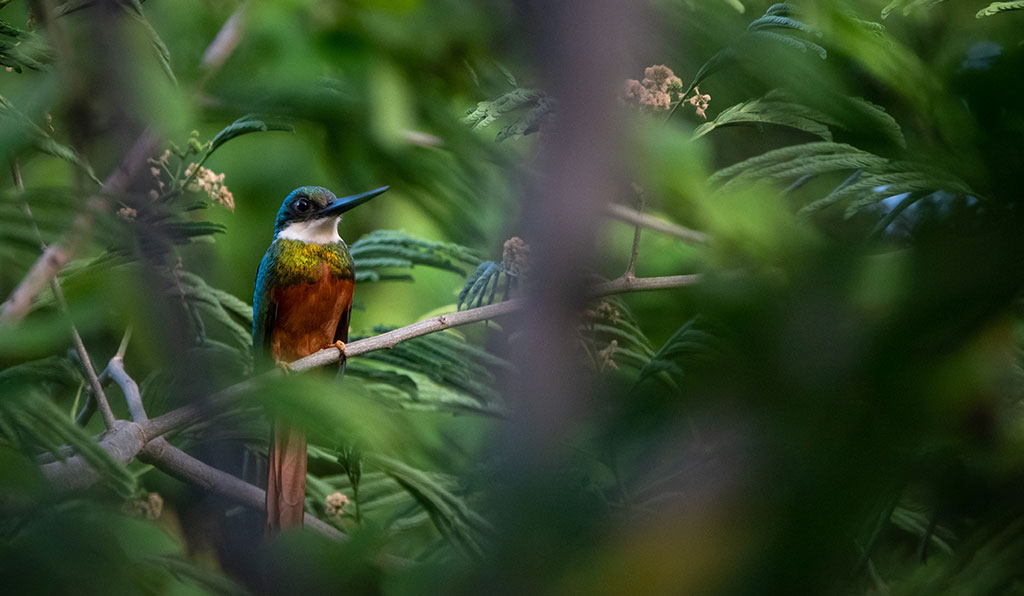
Galbula ruficauda - Jacamar Cola Canela
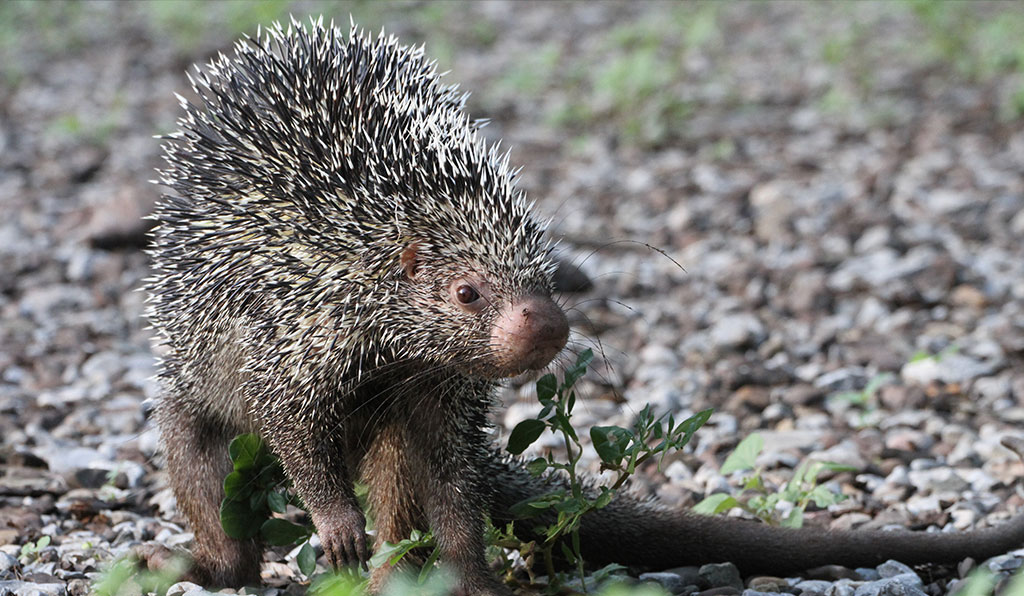
Coendou prehensilis - Puercoespín
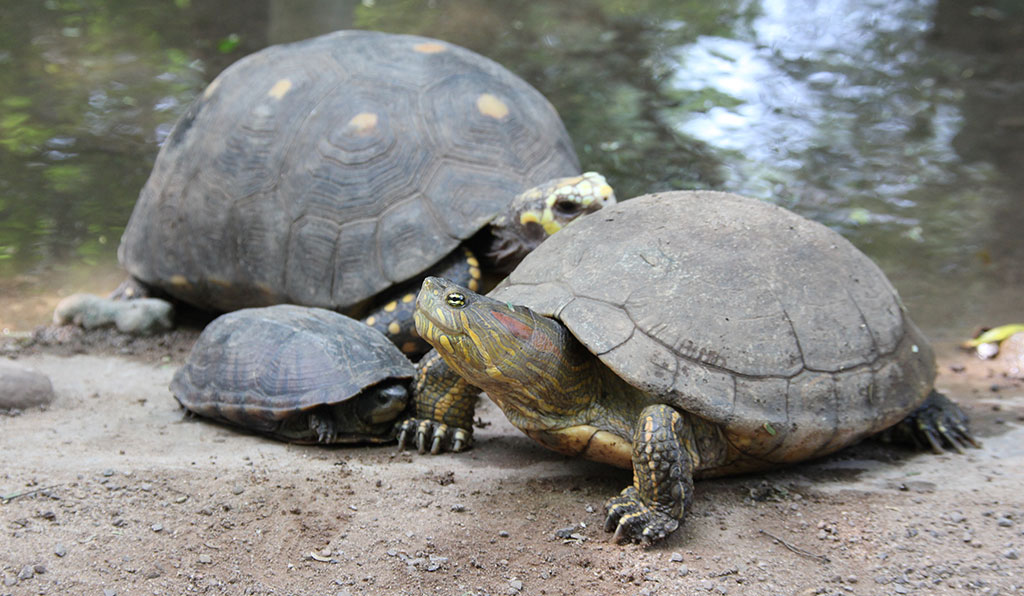
Rachemys venusta ssp. callirostris - Hicotea
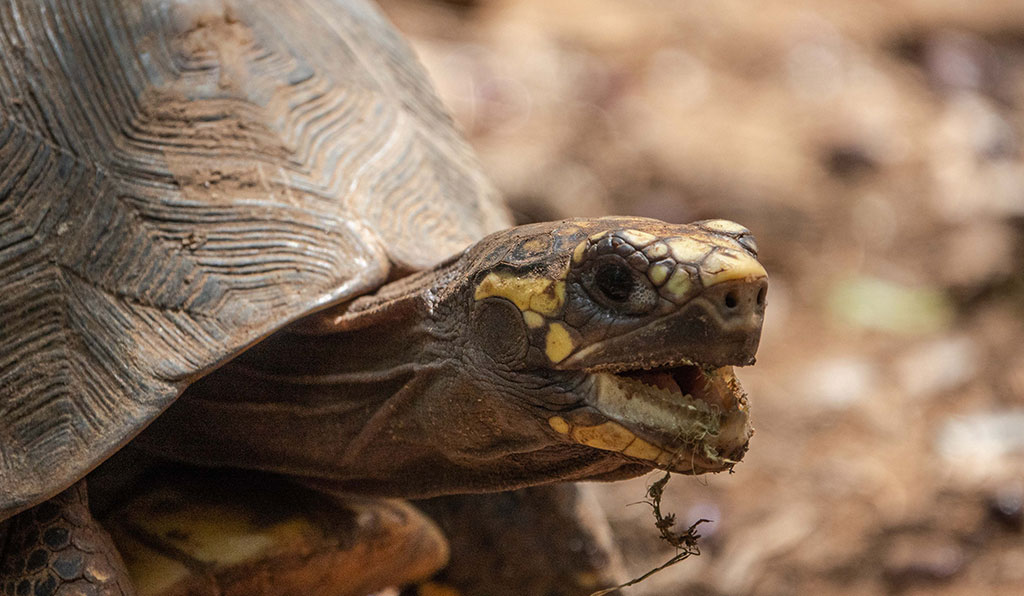
Chelonoidis carbonarius - Morrocoy
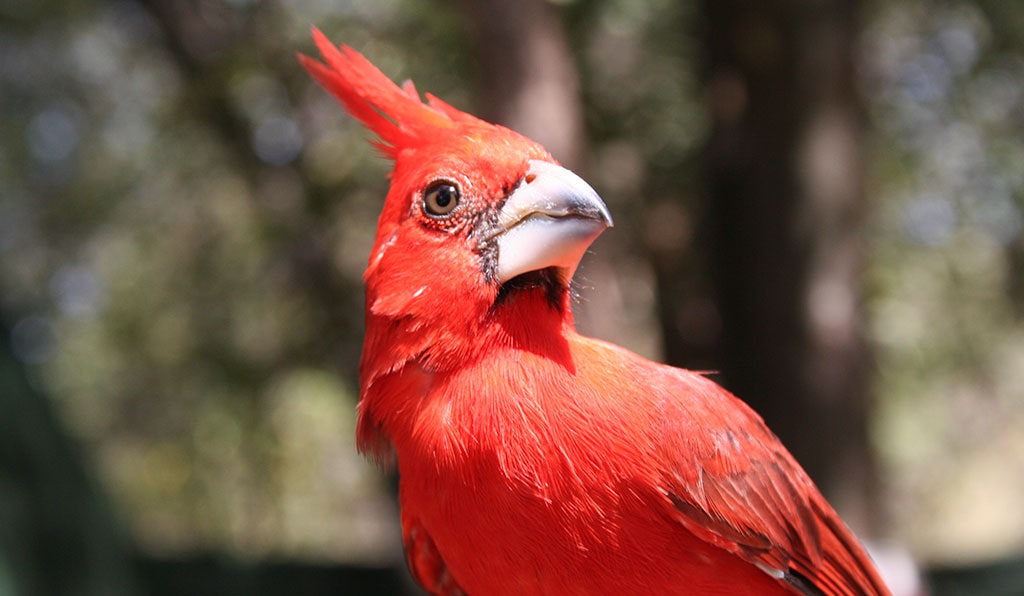
El cardenal Guajiro - Cardinalis phoeniceus
